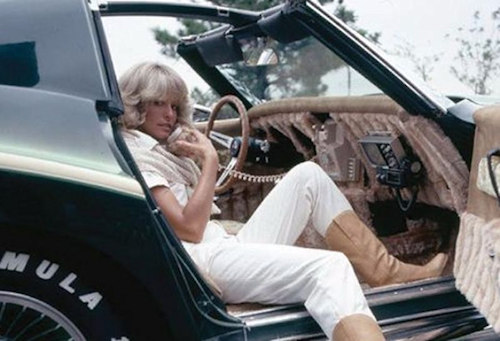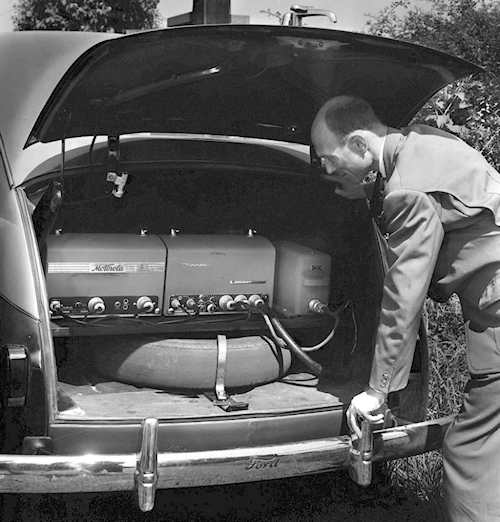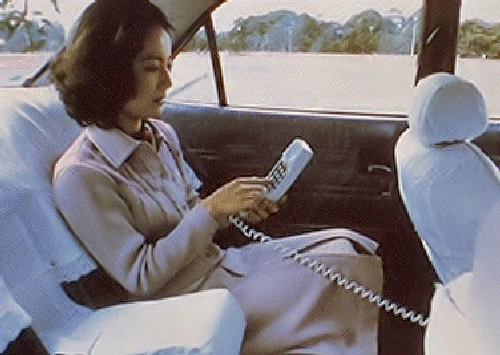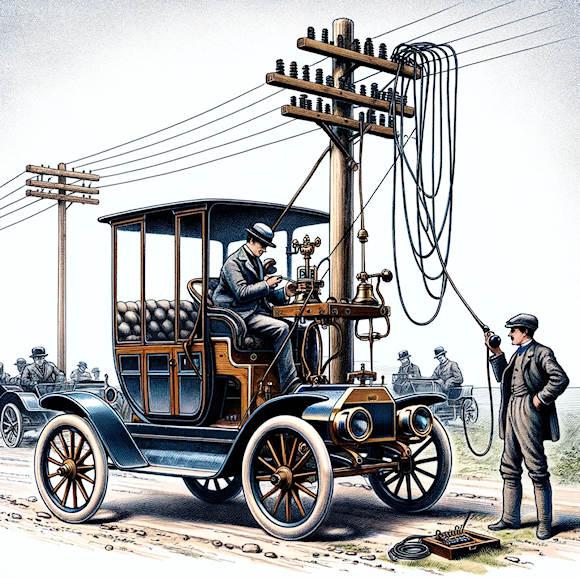On many occasions we have seen how the most revolutionary inventions, before entering civilian use, were used by the "defense" for military purposes. The habit of conveniences makes us forget this aspect, as in the case of internet communications or geolocalization – Global Positioning System – technologies of which the military was the first to understand the vast potential also in terms of personnel safety.
In the field of telecommunications (Tlc), the civil developments of Artificial Intelligence are now taking on almost science fiction aspects. The words of the President of the Republic Mattarella in his end-of-year speech sound almost prophetic when regarding the I.A. he states: " ... an unstoppable progress which however must remain human". Understanding its use and effects on a large scale in the civilized world necessarily requires rules to be prepared for a new frontier, probably with even more revolutionary effects than the spread of the telephone and the internet.
Names and ideas for electrical communication
After the first creation of a rudimentary optical telegraph by Claude Chappe in 1794, studies on electromagnetic signals led to other promising inventions. Samuel Morse in 1837 patented the Morse code for his electric telegraph, Carlo Matteucci built a magnetic telegraph in 1847, while Antonio Meucci already in 1848 devised the first system for voice transmission. In reality, the name of Innocenzo Manzetti is also worth mentioning on the first elementary voice communication device presented to the press in 1865. Manzetti, however, did not patent it, thus leaving Meucci with the record of inventing the first telephone.
Napoleon Buonaparte himself had understood the importance in the military field of a mobile, perhaps encrypted, system on the battlefield. Thanks to military use, telecommunications systems have seen a much more rapid technological rise than what could have happened through the smaller audience of civilian users.
In the meantime, the new continent was already a little further along and the Scotsman Alexander Graham Bell, who emigrated to Boston, managed to have the first telephone line built, ensuring that already in 1880 the United States counted as many as 49.000 users.
 The phone in the car
The phone in the car
Many will remember some large luxury sedan in the 70s with the classic antenna and a sort of large box placed between the front seats equipped with a telephone handset. Was this the first telephone in a car?
It may "sound" unreal, but the first example of a telephone in a car dates back to 1910. In fact, the bizarre idea of equipping cars with a telephone was born precisely from the unreliability of the first cars.
Lars Magnus Ericsson, the Swedish telecommunications pioneer, was forced to move around Scandinavia even by car. With the complicity of his wife Hilda, he developed the first outgoing-only vehicular communication system, useful for calling for help in the event of a car breakdown. The device involved a stop at a network telephone pylon while the patient Hilda, with two long rods, created contact between the telephone cables (uncovered) and the large box on board equipped with a crank generator. The role of the poles was that of a sort of electrical extension cord, and in fact, before arriving at a real radio telephone, it was necessary to understand how to connect to the mains line without them.
The concept of radio waves being sent to a wire-connected receiving station will come later.
Types of transmission
Regarding the types of communication channels and their evolution, we come across three TLC concepts to which it is possible to associate the evolution of "electrical communication". In summary this is connected to three typologies: Simplex o Half Duplex e Full duplex. The difference lies in the method of data transmission i.e.: i simplex they send in one direction, the half duplex in two directions, but alternately, while the full duplex at the same time. The first receiving telegraph stations or television are part of the concept simplex, the walkie-talkies al half duplex and the phone to full duplex.
 In the United States, the first development of mobile telephony with radio signal – Bell System-Motorola – occurred around the 40s; it involved installing a bulky control panel in the trunk to ensure only a few phone calls that drained the car battery. It was a radio- analog technology therefore pre-digital and pre-cellular.
In the United States, the first development of mobile telephony with radio signal – Bell System-Motorola – occurred around the 40s; it involved installing a bulky control panel in the trunk to ensure only a few phone calls that drained the car battery. It was a radio- analog technology therefore pre-digital and pre-cellular.
What perhaps many don't remember was that until the mid-60s every phone call (even landline calls) had to go through a switchboard that connected the user to the network. Thanks to Bell System, the mixed system between the radio signal from the car and the connection to telephone stations in the area has been optimised. The widespread increase in receiving stations was the main objective and in the 50s in the USA, it was only the east coast, the one most interested in business, that had a few repeaters.
Today we focus on the secrets of Cadillac One or the "Beast" (the Beast), the armored car of the president of the United States, we will discover that it has two internal telephone lines. These are two lines with a satellite signal connected to the vice president and the White House. The system, also widely used militarily, does not use terrestrial cells, i.e. radio wave repeaters capable of covering an area, but a signal that reaches the first useful geostationary satellite from anywhere on the globe. This in turn processes and reflects the signal to the recipient, which can also be a classic mobile phone.
From the Zero G network to Bluetooth
In the middle of the last century the idea of vehicular communication with telephone was, as we have seen, relegated to the search for a connection to a radio link and then to an ordinary telephone station. On the other hand, military or civilian transceivers already fulfilled their role very well in terms of power, but they certainly could not properly be called telephones.
The course of this development began in the 70s but can be considered revolutionary with the network Zero-G or "0G", which however, presented high vulnerability and low efficiency and risks of hacking. Soon reduced with low-power geographic (and non-local) networks.
 The great development of the radiotelephone starts from the obsolete and heavy briefcase with handset of the 80s and ends, at least for the moment, in the jacket pocket. The first generation of mobile telephony, i.e. 1G (G stands for generation) still partly analogue, it surpassed in a certain sense the concept of a telephone line in the car when, in 79, the ambitious and futuristic novelty was presented in Tokyo by Nippon Telegraph and Telephone.
The great development of the radiotelephone starts from the obsolete and heavy briefcase with handset of the 80s and ends, at least for the moment, in the jacket pocket. The first generation of mobile telephony, i.e. 1G (G stands for generation) still partly analogue, it surpassed in a certain sense the concept of a telephone line in the car when, in 79, the ambitious and futuristic novelty was presented in Tokyo by Nippon Telegraph and Telephone.
With the second evolution, 2G, the digital concept i.e. GSM enters. Each country adopts particular telecommunications systems and, unlike today, the use of the "cellular" telephone is limited to geographical areas and nations and has very high costs.
The escalation continues with 2,5G and 3G, then 4G; now we are talking about cell phones, therefore about repetitive cells and a consolidated radio signal and dedicated digital lines. Initially in the car it was enough to insert a SIM to connect, but shortly after, between '94 and '97, the mobile phone will also exploit the signal in the car Bluetooth thanks to the Swede Ericsson.
In short, the merits and the idea of the portable telephone start from a pylon in Sweden and return to the starting point, a century later, thanks to the development of a standard system for data transmissions for wireless networks.
Sources: Fastweb, ethw.org press
Photo: OpenAI/web












